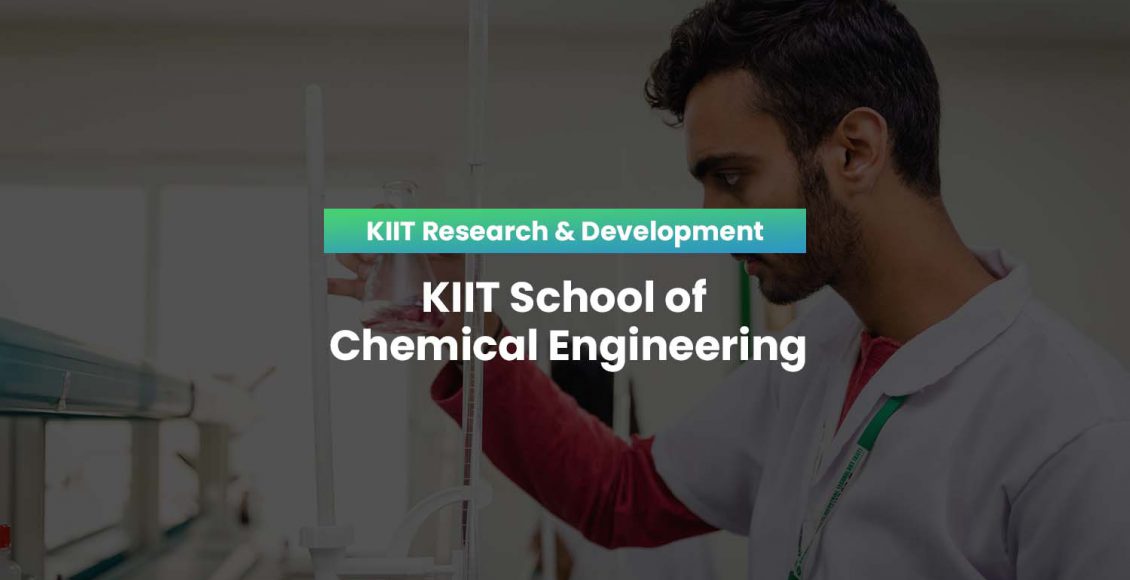School of Chemical Engineering (Aug – Sep 2022)
Journal Papers
1. Sugato Hajra, Jagannath Panda, Jaykishon Swain, Hang-Gyeom Kim, Manisha Sah, Malay Kumar Rana, Raghabendra Samantaray, Hoe Joon Kim, Rojalin Sahu. (2022). Triazine skeletal covalent organic frameworks: A versatile highly positive surface potential triboelectric layer for energy harvesting and self-powered applications, Nano Energy, 101, 107620. https://doi.org/10.1016/j.nanoen.2022.107620,
Abstract
Covalent organic frameworks (COFs) with triazine skeleton have been developed via reticular chemistry. In this present work, a triazine-based nitrogen-rich organic moiety has been used for the COF synthesis and then tested for the output performance of a triboelectric nanogenerator (TENG) using the same. The synthesized COF has been characterized by several physical characterization techniques. For the first time, the surface potential of the prepared COF material was tested experimentally using Kelvin probe force microscopy, which indicates a very high positive triboelectric potential of 2.03 V. The single unit of COF-based TENG delivered 70 V, 0.6 μA, and 38 nC as an electrical output. In the case of multiunit TENG, the current and voltage values are boosted as the parallel connection of four units of TENG gave the peak-to-peak current output rises by 6.3 μA. In comparison, the series connection of four units of TENG gave a high peak-to-peak voltage of 175 V. This work describes the synthesis of N-rich COF material, fabrication of the TENG, and the excellent energy harvesting performance with the realization of low-cost self-powered hand strengthening device. This result paves the way to achieve fruitful exercise monitoring units towards improving lifestyle
2. Nityananda Agasti, Vinay Gautam, Priyanka, Manju, Nilesh Pandey, Mahaveer Genwa, P. L. Meena, Sanjay Tandon, Raghabendra Samantaray, (2022), Carbon nanotube based magnetic composites for decontamination of organic chemical pollutants in water: A review, Applied Surface Science Advances, 10, 100270, https://doi.org/10.1016/j.apsadv.2022.100270
Abstract
Contamination of water by organic chemical pollutants is one of the most critical environmental problems today as these are harmful to human beings and the aquatic ecosystem. Organic chemical pollutants persist for a long time in water and cause deleterious effects on human health even in small concentrations. Hence, decontamination of water demands simple methods using efficient materials. Carbon nanotube (CNT) based composites with metal/metal oxide have been materials of significant interest for decontamination of organic chemical pollutants from water due to their catalytic, magnetic, and structural features. Most of the adsorbents/catalysts pass through the challenge of separation from solution, and incorporation of magnetism can make them easily separable in presence of an external magnet. In this review, we present recent progresses and prospects in carbon nanotube based magnetic composites as potential decontaminants. We (i) identify the types of CNT based magnetic composites, (ii) evaluate the magnetism in the composite, (iii) identify different types of organic chemical pollutants in water decontaminated by CNT based magnetic composites, (iv) study the mechanism of removal of pollutants by the composite, (v) assess various parameters such as, nature & composition of CNTs, surface area, pore size & pore volume of the composite, pH of the medium, concentration of the pollutant, nature of the pollutant, temperature and contact time, those affect the efficiency of the composite. A comprehensive analysis on the interaction of organic pollutants and the composite, which play a pivotal role in decontamination of water, has been presented. The removal of organic pollutants like dyes, pharmaceuticals, pesticides, aromatic hydrocarbons and persistent organic pollutants from water has been covered. Overall, this review provides insight for the future efforts on CNT based magnetic composites for the decontamination of organic chemical pollutants in water.
3. Ramesh Kumar, Bikram Basak, Parimal Pal, Sankha Chakrabortty, Young-Kwon Park, Moonis Ali Khan, WooJin Chung, SoonWoong Chang, Yongtae Ahn, Byong-Hun Jeon (2022) Feasibility assessment of bioethanol production from humic acid-assisted alkaline pretreated Kentucky bluegrass (Poa pratensis L.) followed by downstream enrichment using direct contact membrane distillation, Bioresource Technology, Volume 360, 127521, https://doi.org/10.1016/j.biortech.2022.127521
Abstract
The effective fractionation of structural components of abundantly available lignocellulosic biomass is essential to unlock its full biorefinery potential. In this study, the feasibility of humic acid on the pretreatment of Kentucky bluegrass biomass in alkaline condition was assessed to separate 70.1% lignin and hydrolyzable biocomponents. The humic acid-assisted delignification followed by enzymatic saccharification yielded 0.55 g/g of reducing sugars from 7.5% (w/v) pretreated biomass loading and 16 FPU/g of cellulase. Yeast fermentation of the biomass hydrolysate produced 76.6% (w/w) ethanol, which was subsequently separated and concentrated using direct contact membrane distillation. The hydrophobic microporous flat-sheet membrane housed in a rectangular-shaped crossflow module and counter-current mode of flow of the feed (hot) and distillate (cold) streams yielded a flux of 11.6 kg EtOH/m2/24 h. A modular, compact, flexible, and eco-friendly membrane-integrated hybrid approach is used for the first time to effectively valorize Kentucky bluegrass biomass for sustainable production of biofuel.
Book/Book Chapters
Raghabendra Samantaray, Soujanya Ghosh, Nityananda Agasti (2022). MOF-based Electrochemical Sensors for Nitrogen Oxide/Carbon Dioxide, CRC Press, Taylor and Francis, ISSN: 9781003188148
NATIONAL AWARD RECEIVED
Name of the Faculty: Dr. Sankha Chakrabortty

Title of the Award: AWARD FOR EXCELLENCE IN RESEARCH in 10th Faculty Branding Awards-2022
Award Received: Education-expo TV, Place: Kolkata
About the Award:
The Faculty Branding Awards are established by Education Expo TV (EET) CRS, a research & branding independent organization serving since 2011. The FBA was launched in year 2013 to give recognition to academicians, scientists, researchers & faculties working in different colleges, Universities, organizations & institutions across the India & world. The FBA objective is to identify and award outstanding contributions in teaching & research area. The evaluation criteria followed by FBA panel based on the parameters like research paper written as first author, review & article published, books & chapters written as first author & edited, PI ship of projects, seminar organized, invited talks given, Radio/TV talks, popular articles published, patent awarded, consultancy project undertaken, teaching methodology etc. The FBA-2013 to 2022 were super successful with huge participation.


